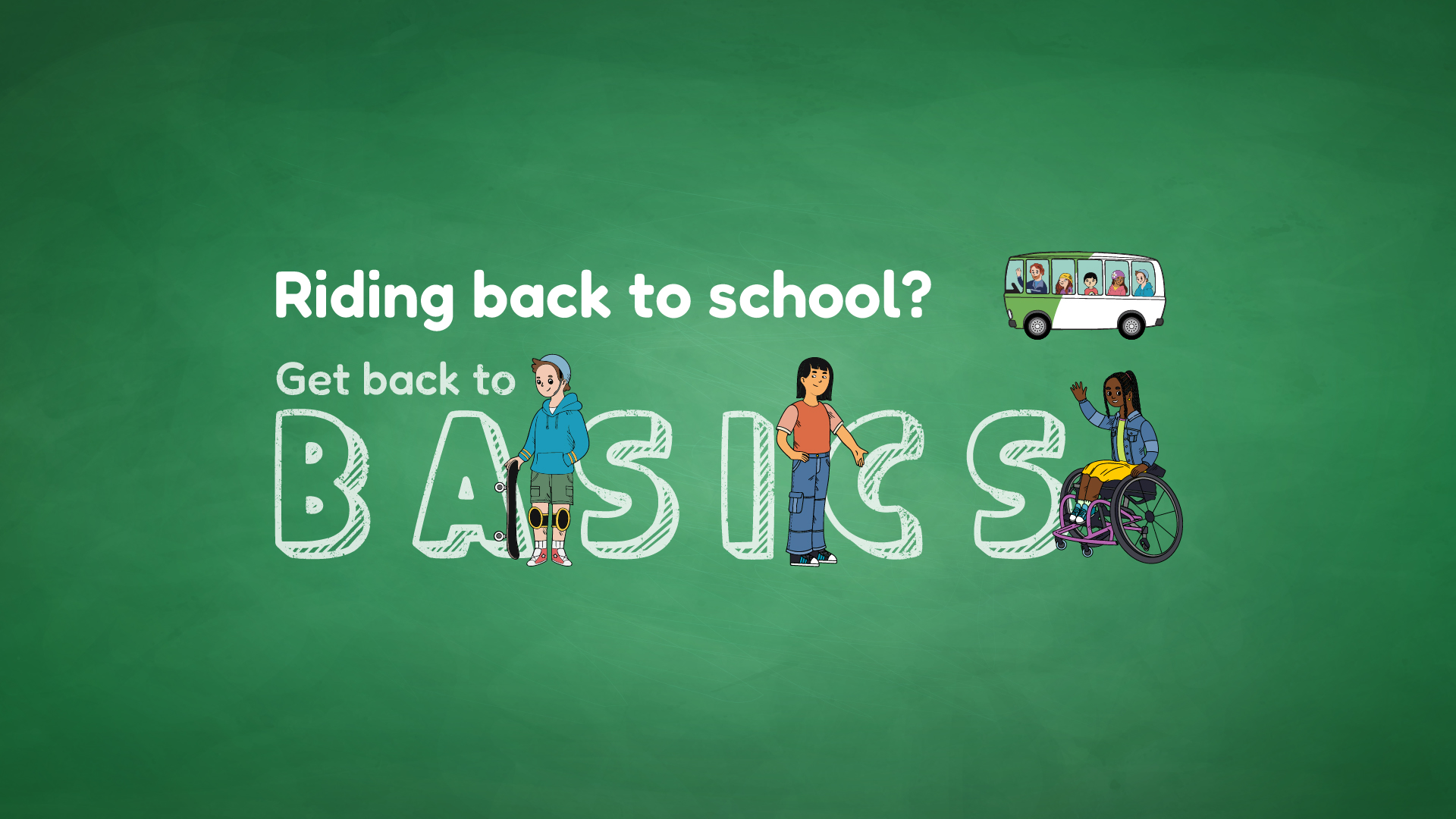
Whether it’s your first solo ride or you just need a quick refresher, we’ve got you covered.
Riding the bus to school can be easy, fun and part of your everyday routine. We’ll show you the ropes so you can hop on with confidence to get your day started.
All you need to do is get back to the basics.
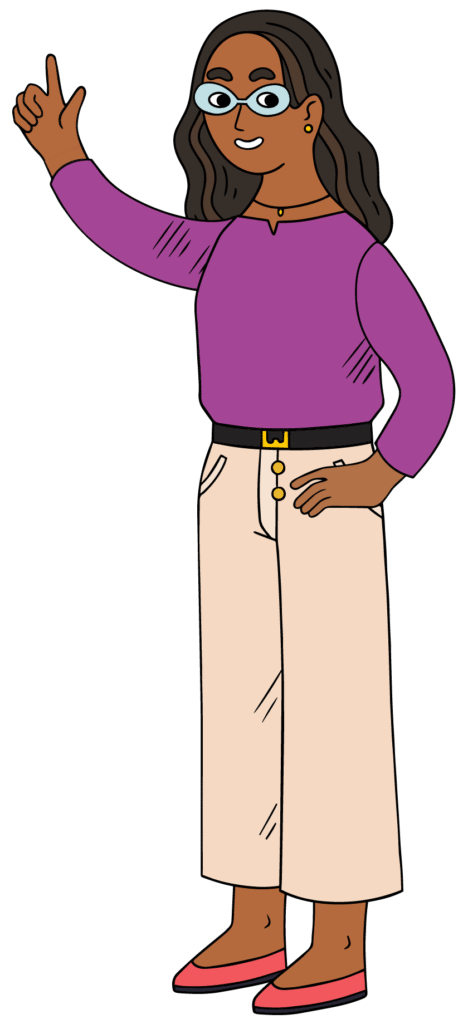
Get back to BASICS
Click on the green arrow or tip below to reveal more information to help you start riding the bus.
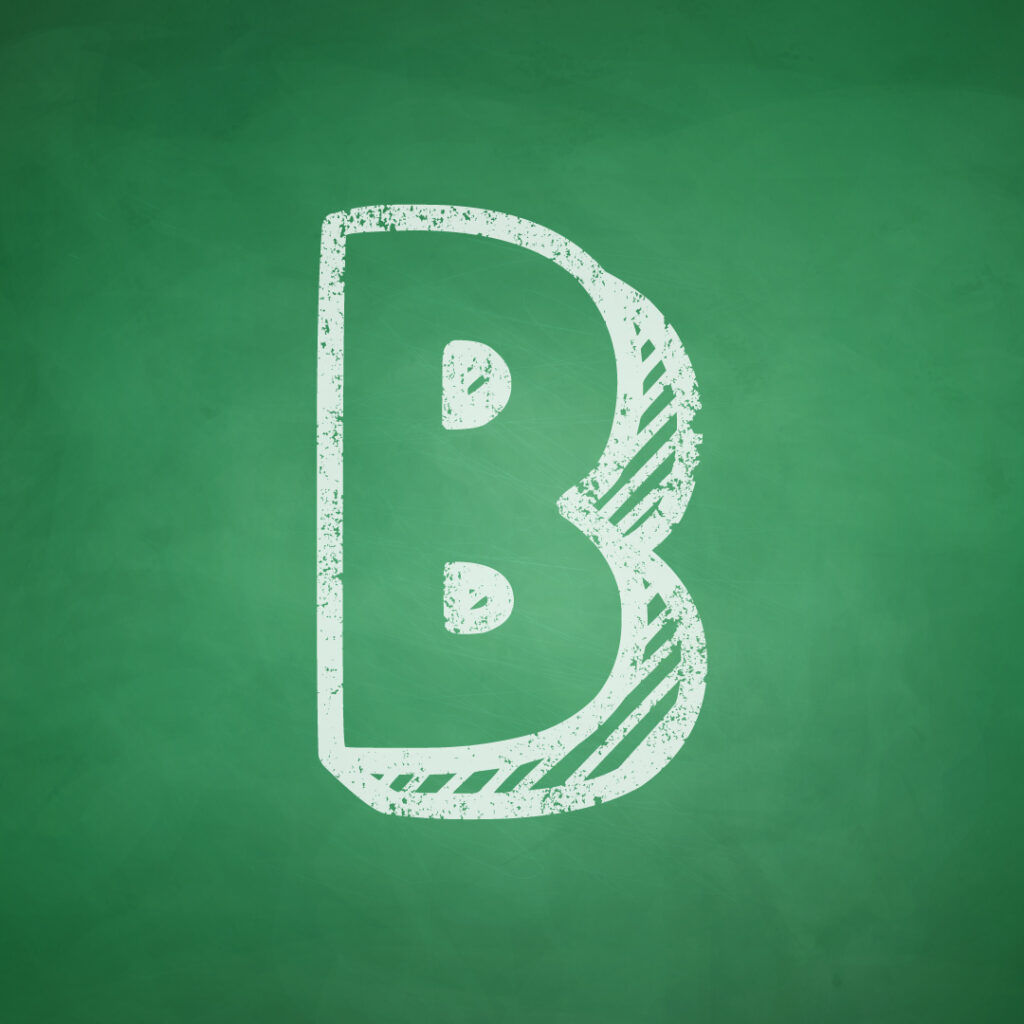
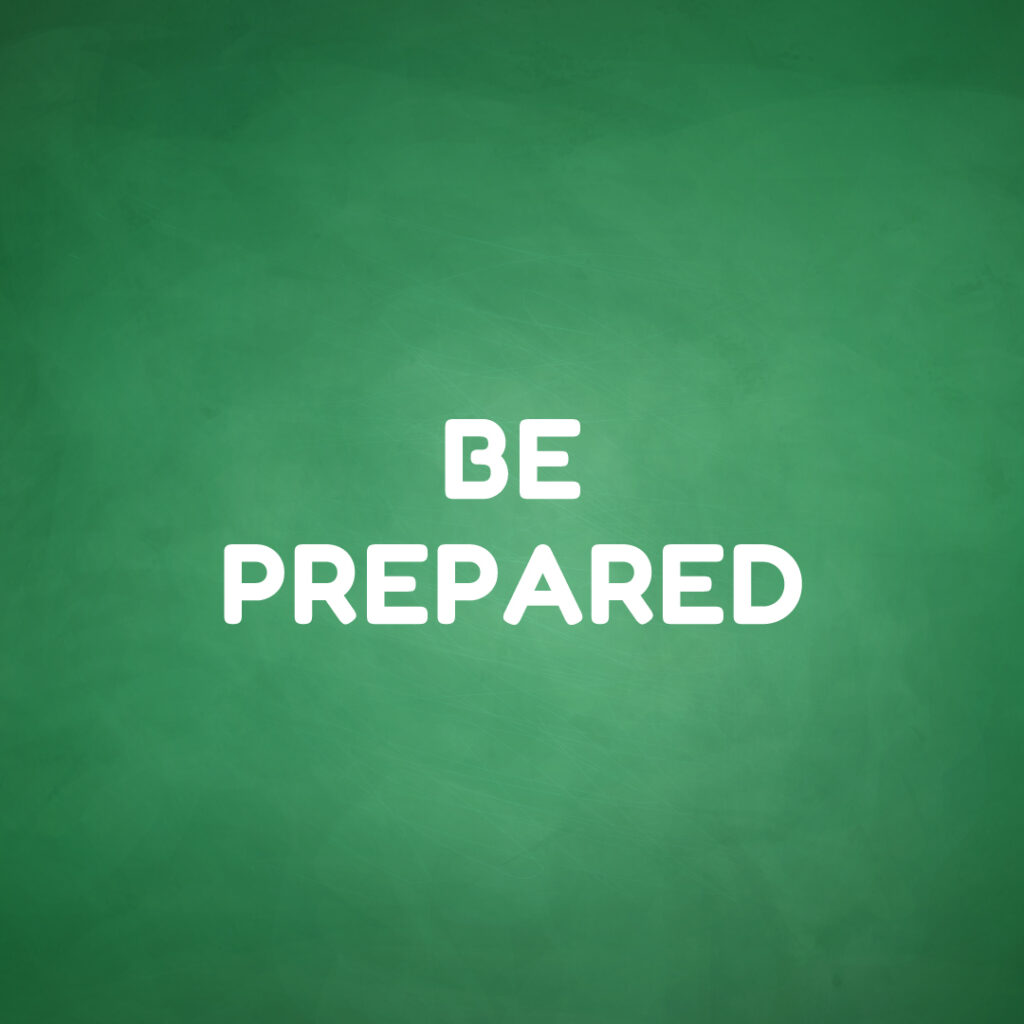
Be Prepared
Before you head out, ask yourself:
- Where are you going?
- Who am I riding the bus with?
- Which bus route do I need?
- Which bus stop am I getting on and off at?
- What time does my bus arrive?
- Have I shared my plan with an adult?
Planning ahead is key! Give yourself enough time to walk to your bus stop and aim to be there at least five minutes before it is scheduled to arrive.
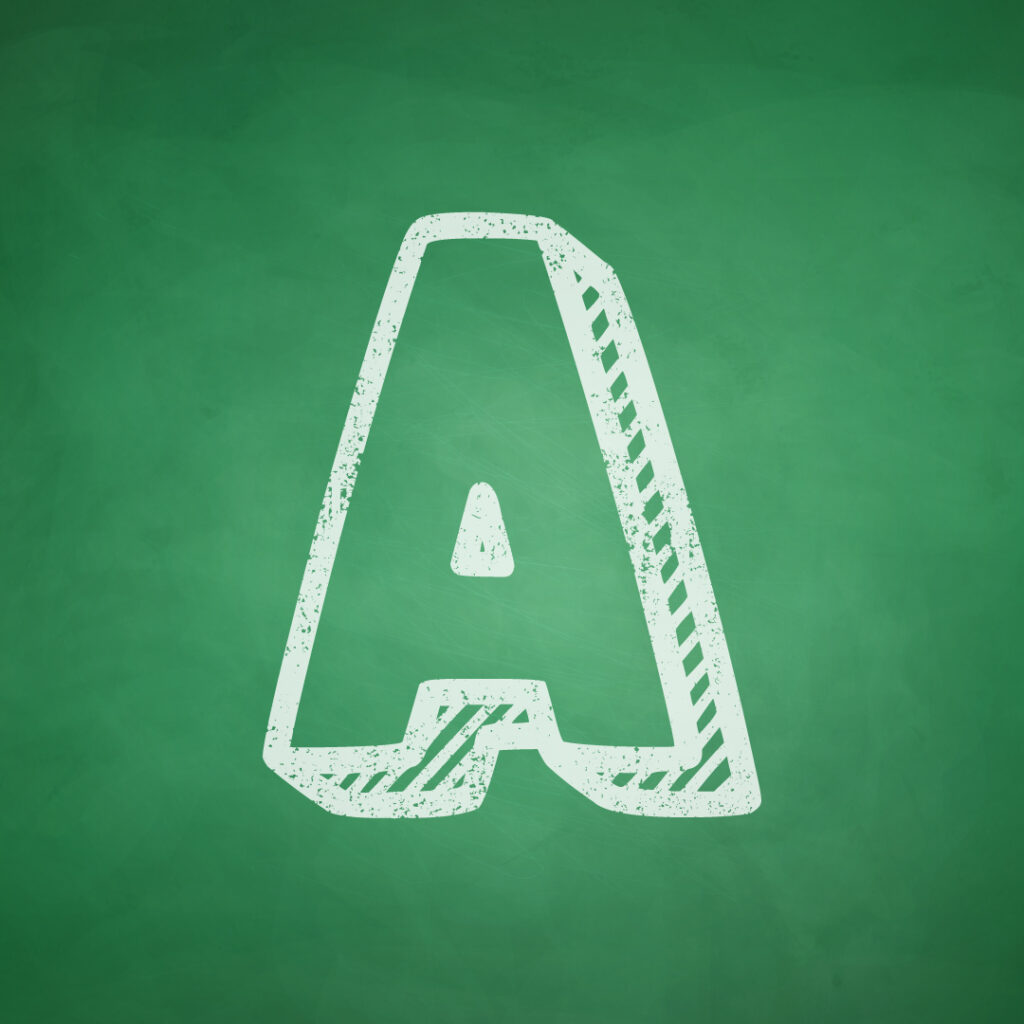
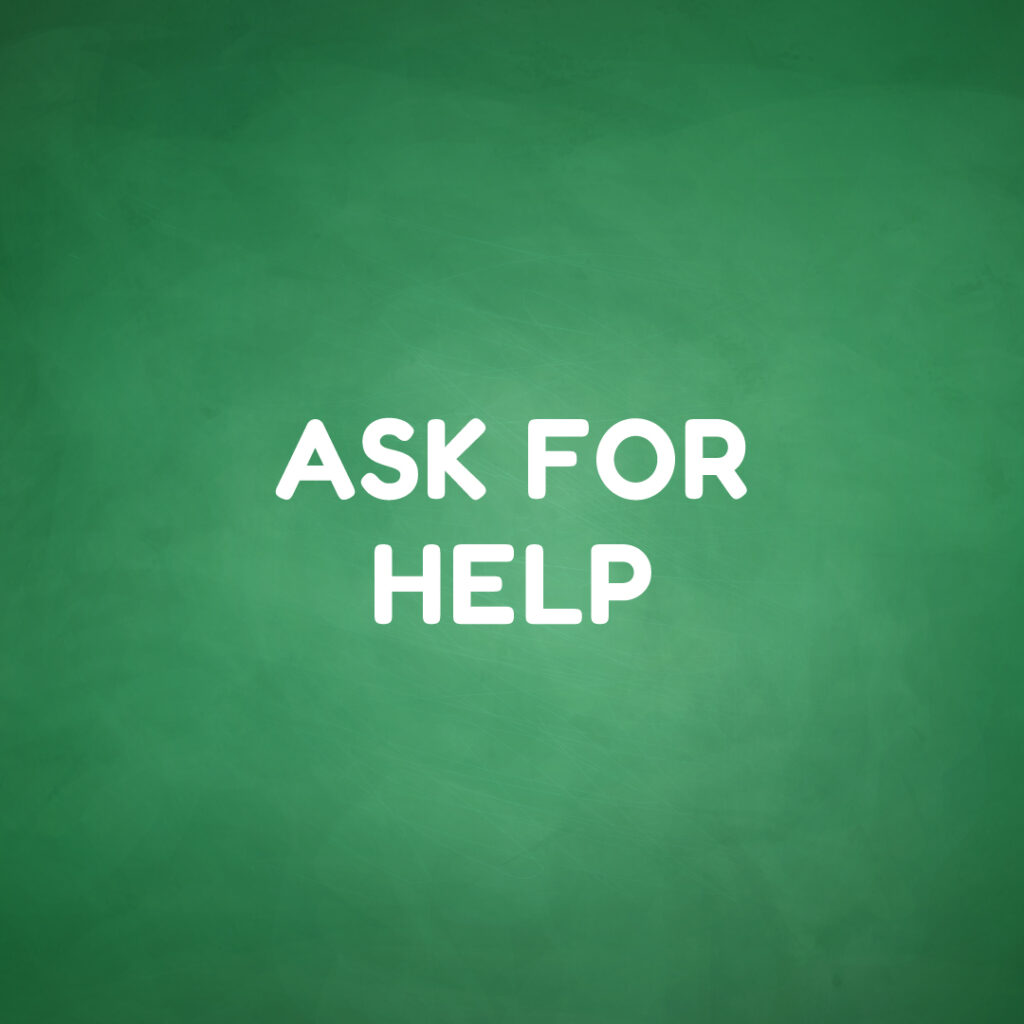
Ask for help.
Your bus driver is an essential part of the community, and the bus is a safe place. If you are lost, feel unsafe, or need help, don’t be shy – just ask your driver.
If possible, wait until the bus has stopped, approach the driver and ask for help. If it’s urgent, please ask for help right away.

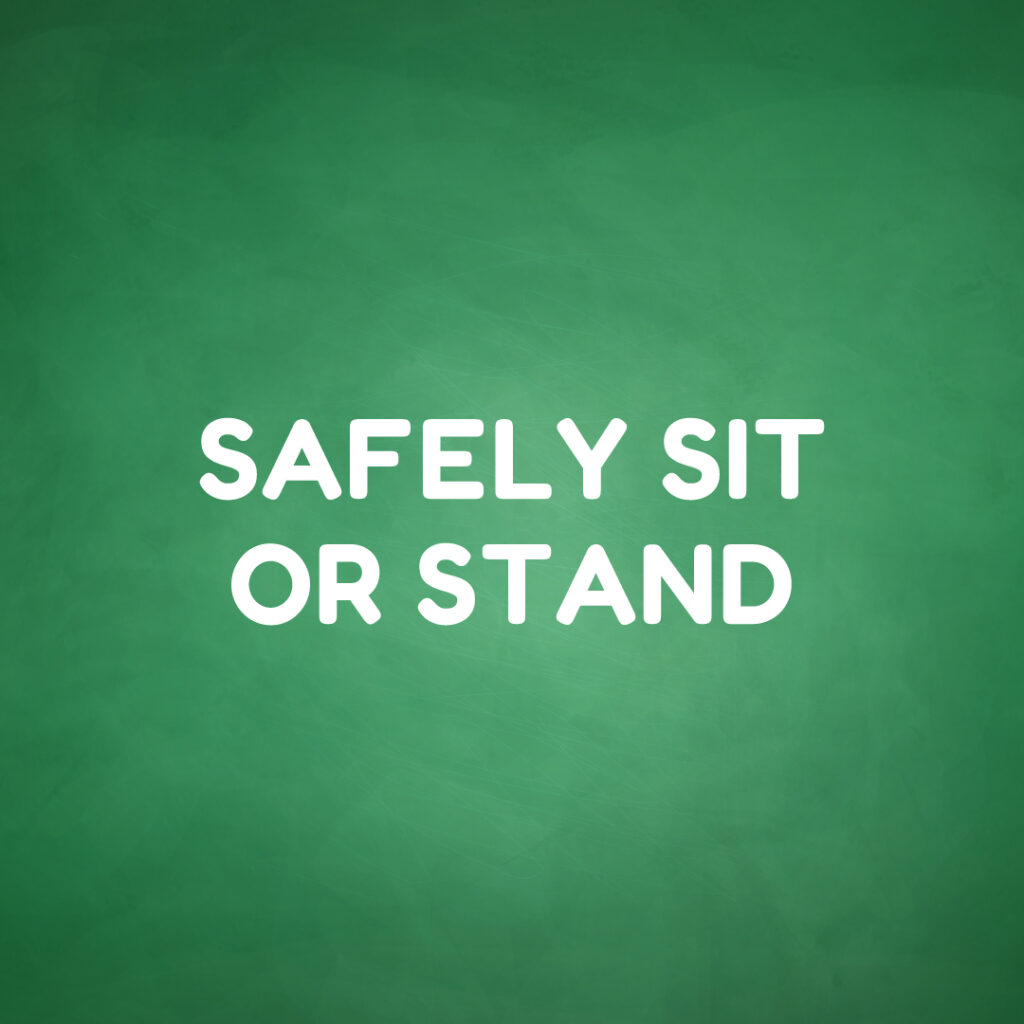
Safely sit or stand.
When you get on the bus, you can either sit or stand.
If there is a seat available, please sit down quickly and safely. If all the seats are full, it’s safe for you to stand. Keep your balance by holding on to a pole or the handles.
Did you know that the seats at the front of the bus are called Courtesy Seats?
These seats are for people that need them the most and need extra time and space to safely get on and off the bus.
If you’re sitting in a courtesy seat and someone needs it, be kind and offer your seat.
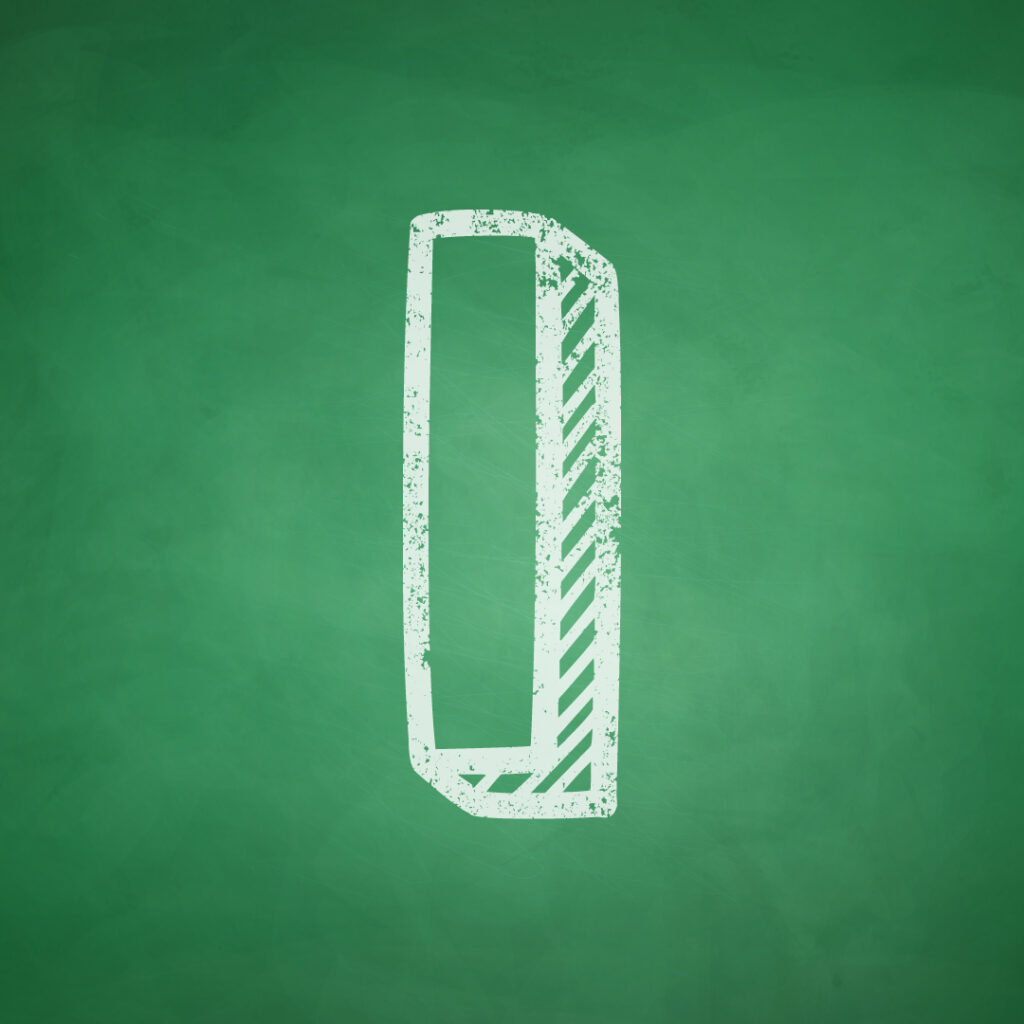
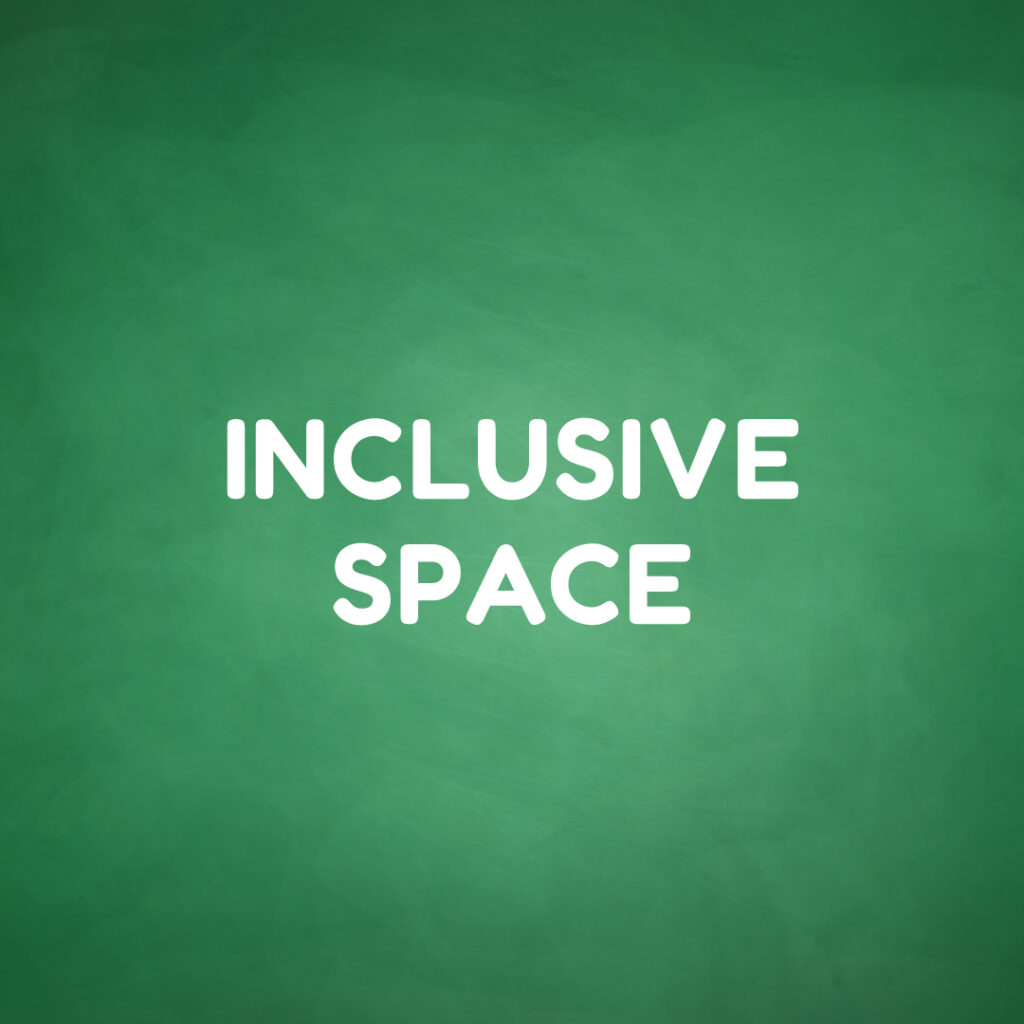
Inclusive space.
The bus is for everyone. It’s up to all of us to respect and take care of it.
Here are some ways to be a kind and courteous transit rider.
- Seats are for bodies, not bags, feet or soggy wet umbrellas.
- Please use your headphones while listening to music or talking on the phone.
- Keep your voice at a normal volume. That way, everyone enjoys the ride and the driver stays focused.
- Take your garbage with you. Let’s keep the bus clean.
- No smoking or vaping on the bus or at the bus stop.

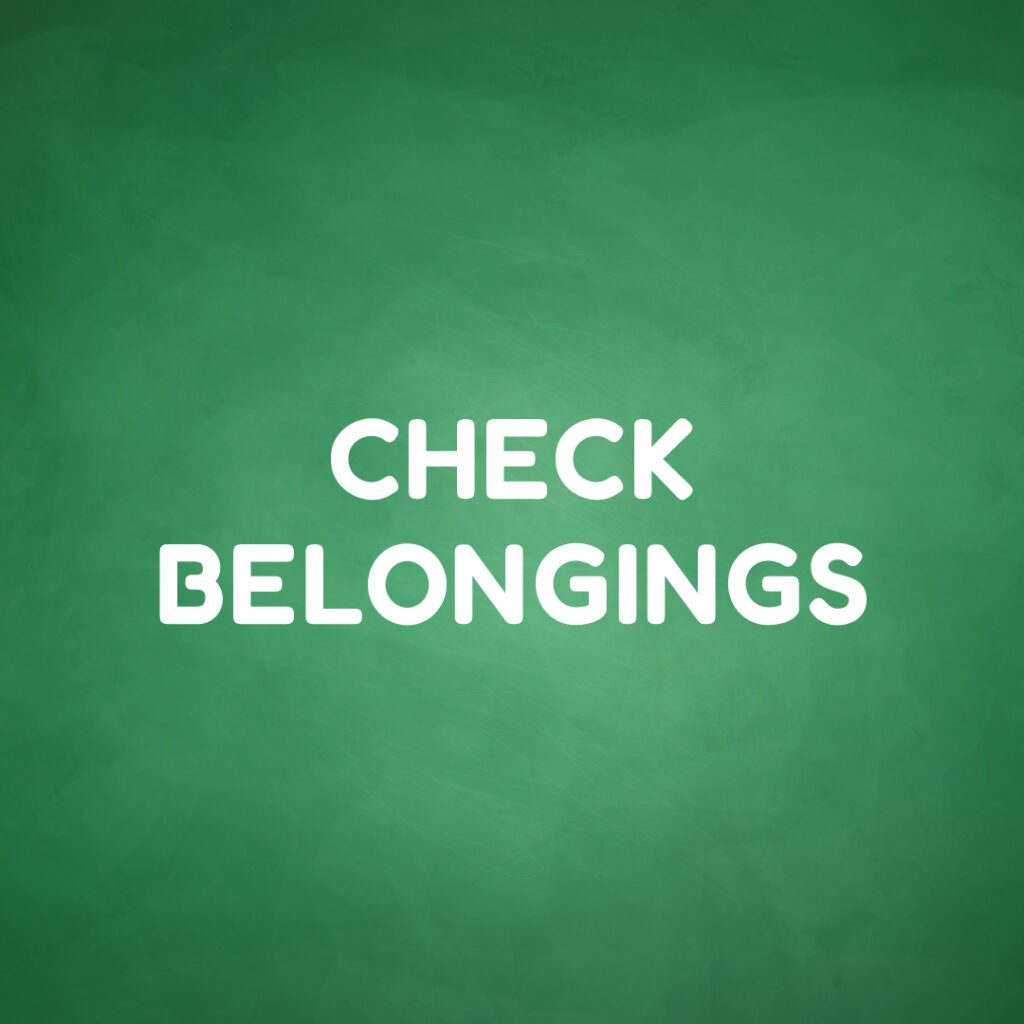
Check belongings.
Are you carrying a backpack or gear? Keep it close to avoid bumping into anyone. Place it on your lap, or if you’re standing, place it by your feet.
Make sure the aisle stays clear for others to move, and the same goes for umbrellas, scooters, skateboards or any other items you brought on the bus.
Before your stop, double-check that you have all your belongings. That way, you’re ready to go without leaving anything behind.

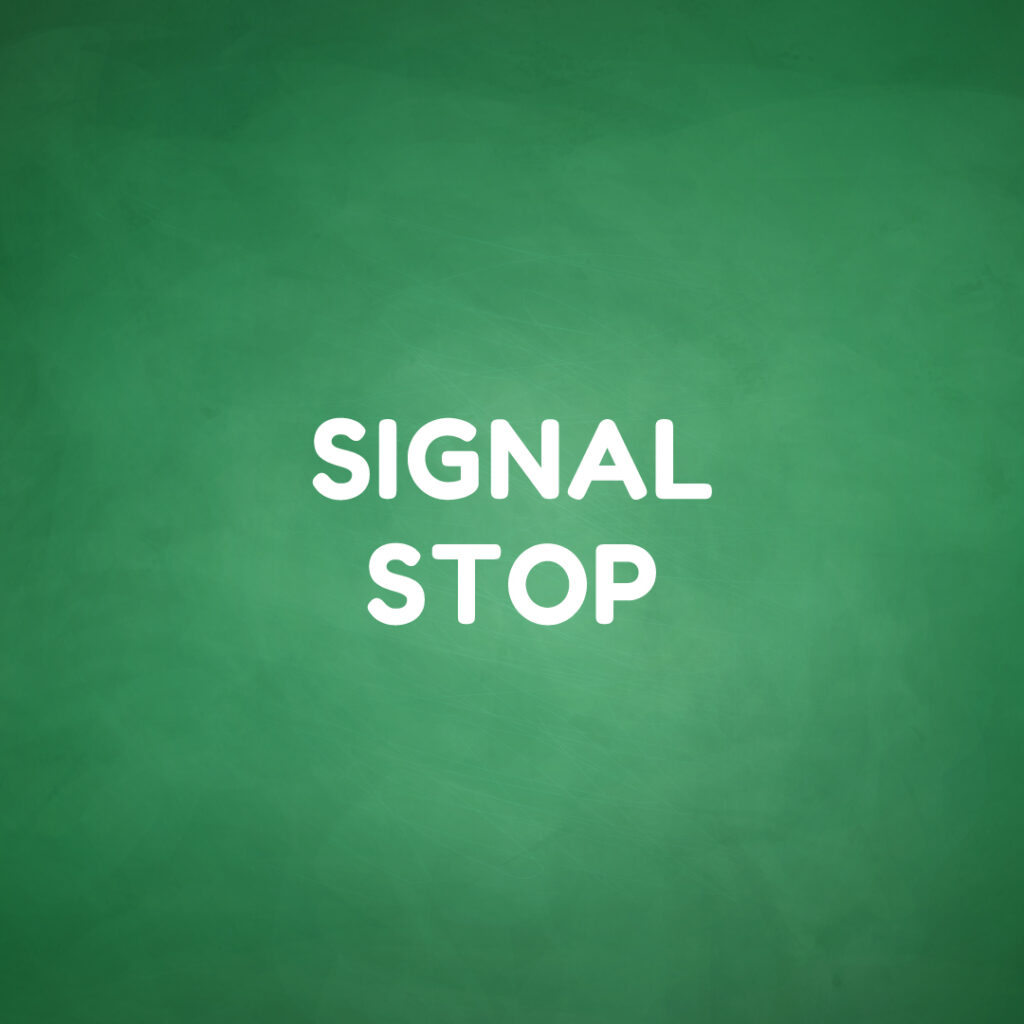
Signal stop.
When you see your stop coming up, press the stop button or pull the cord with enough time for the driver to slow down safely.
Head to the back doors to exit. If the bus is still moving, be sure to hold on to the poles or handles to keep your balance.
If you need to use the ramp to exit safely, head to the front of the bus. Otherwise, always exit through the back doors to keep things moving smoothly.
Say thanks to the driver on your way out. It’ll make their day!
Ready to Ride?
Now that you’ve mastered your bus basics, let’s see how ready you are. Use the tips you’ve learned to ace the quiz. You’ve got this!
Step by Step Tips from Riding Pros
Get more transit riding tips from some BusReady kids. They can show you how to wait and signal for the bus, find the right seat and exit safely.
For Parents: Your Go-To Guide for Riding Back to School
Riding transit to school is a big step and a meaningful milestone in your child’s growing independence. We’re here to support families every step of the way. Below you’ll find expert tips and frequently asked questions to help you and your young rider feel confident, prepared and ready for the school year.
How can I prepare my child to ride the bus?
The best way to prepare your child is to plan and practice together before school starts.
Visit the BC Transit website and select your local transit system to plan your trip. Use the Trip Planner to enter your starting point (home) and destination (school address). You’ll see the nearest bus stop and available routes to get to the school.
Explore the resources on the BusReady website, including the step-by-step videos and the downloadable Parent/Guardian Checklist below.
Incorporating public transit into your child’s routine can help build confidence and remove any uncertainty when they ride on their own. Practice going to places like the store, park, recreation centre and school. Your child can learn how to read schedules, find stops, and navigate the bus system with confidence. These experiences build essential skills and reduce uncertainty when it’s time to ride independently.
How do I make sure my child is safe taking the bus?
Safety is BC Transit’s top priority.
BC Transit has a comprehensive Safety Code to ensure that all passengers and transit staff understand their responsibilities and to create a respectful, inclusive environment for everyone.
Our drivers are trained to assist children and can contact emergency services if needed.
BC Transit works closely with local police and first responders to ensure rapid support when necessary. If your child ever feels unsafe while riding the bus, they’re encouraged to speak to the driver, sit close to the front, and follow the driver’s instructions.
Serious incidents are rare, but we encourage open conversations with your child about what to do if they feel unsure or uncomfortable.
At what age do children ride the bus for free in BC?
Free Transit for Children 12 and Under program is a Province of BC initiative allowing children aged 6 to 12 to ride fixed-route and handyDART buses in B.C. for free, unaccompanied and without requiring a fare product or identification.
Children aged 5 and under must be accompanied by someone aged 12 or older to ride the bus and must board and depart at the same stop as their guardian.
Do children need to show ID to ride the bus?
No, children aged 12 and under are not required to present a fare product or valid ID. BC Transit uses the honour system to support this program.
What happens if my child forgets something on the bus?
If your child leaves an item on the bus, contact your local transit office as soon as possible. You can find contact details by selecting your transit system on the BC Transit website.
Be ready to provide a clear description of the item, as well as the route and time it was lost.
Please note: It may take up to 72 hours for items to be processed through Lost and Found.
While our drivers do their best to return lost items, BC Transit is not responsible for lost or stolen belongings. We recommend labelling important items and encouraging your child to double-check before exiting the bus.
Emergency Card
This is a helpful resource that places all the emergency contact information in your child’s backpack.
Parent Checklist
Go over this checklist with your child/children every time before they take transit with you, alone, or with friends.
Trip Planning Checklist
This is a fun resource to go over important questions on planning a transit trip with your child.
Virtual Tour
The virtual bus tour can help your young rider know what it looks like inside a bus.
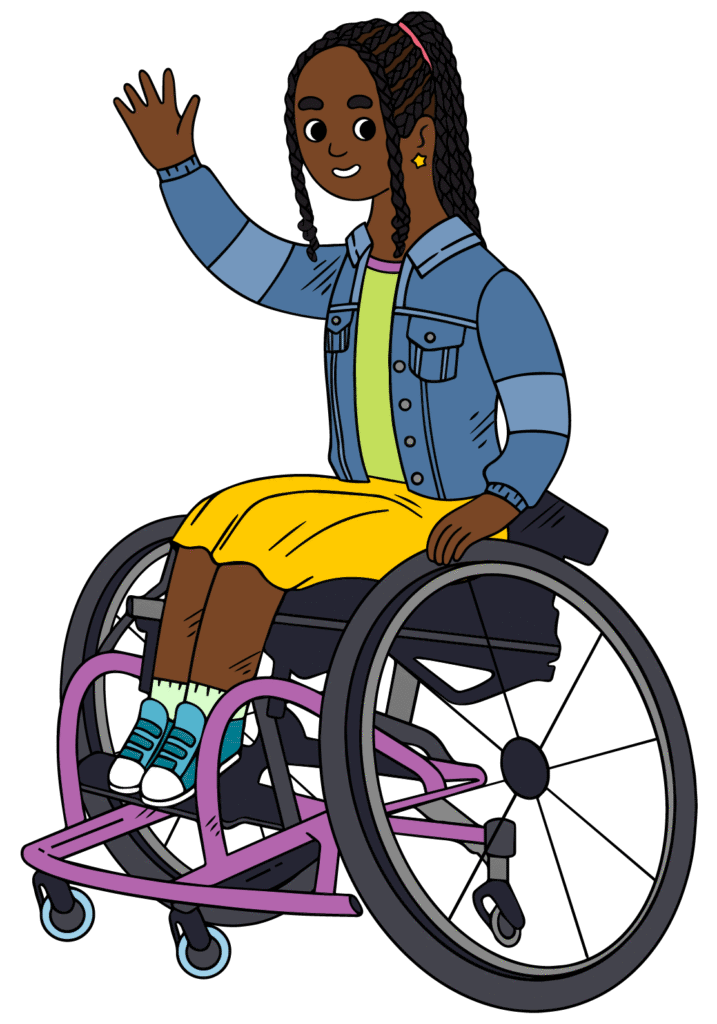
Plan your trip
Are you ready to practice and plan out your trip?